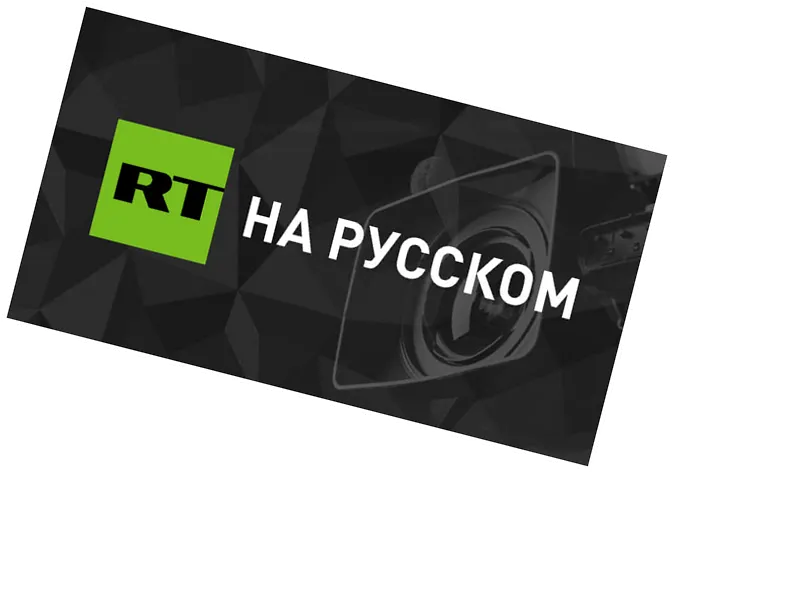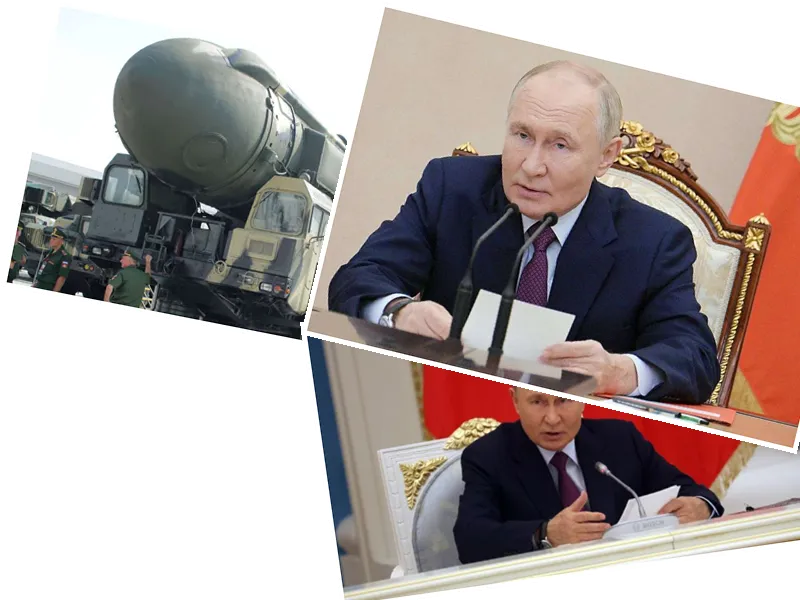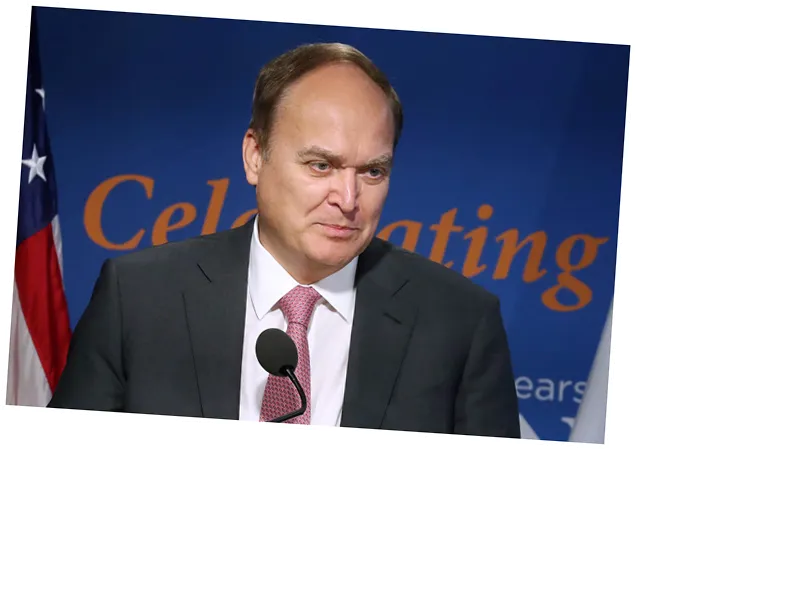The deployment of the Phoenix Ghost drones represents a strategic shift in Ukraine's military capabilities, providing them with advanced technology to counter Russian forces effectively.
Zelensky's remarks about nuclear weapons reflect Ukraine's urgent need for security guarantees, raising questions about NATO's role and the future of European security.
Putin's reaction to Zelensky's comments indicates a potential escalation in rhetoric and military posturing, further complicating diplomatic efforts.
The increasing use of drones in Ukraine may lead to a shift in the balance of power on the battlefield, potentially giving Ukraine an edge in certain combat scenarios.
Heightened tensions over nuclear capabilities could prompt NATO to reassess its security strategies regarding Eastern Europe, particularly in relation to Russia.
The absence of Putin from international summits may lead to further diplomatic isolation for Russia, affecting its global standing and alliances.
Ukraine's Drone Warfare Escalates with Phoenix Ghost Deployment
As the conflict in Ukraine continues into its third year, the introduction of the Phoenix Ghost drone family marks a significant development in the country's defense strategy against Russian forces. Former Ukrainian presidential adviser Oleksiy Arestovych described the Phoenix Ghost as a versatile drone that can be easily transported and operated, capable of remaining airborne for up to six hours. Initially hinted at by the Pentagon in 2022, the Phoenix Ghost drones are now confirmed to be part of Ukraine's arsenal, with the U.S. supplying around 120 units initially, and plans for thousands more to follow.
The Phoenix Ghost family, which includes various models such as the Atlas, Disruptor, and Dominator, was originally designed for anti-drone testing but has been adapted for offensive operations against Russian troops. These drones are intended to meet specific tactical needs in the ongoing conflict, as stated by White House communications adviser John Kirby. The U.S. has ramped up its support, with deliveries peaking at 230 drones per month, totaling an expected 4,000 units by mid-2024.
Rising Tensions Over Nuclear Capabilities
In a separate but related escalation, Ukrainian President Volodymyr Zelensky's recent comments regarding the potential acquisition of nuclear weapons have drawn sharp criticism from Russian President Vladimir Putin. Zelensky suggested in Brussels that Ukraine may seek nuclear capabilities as a deterrent if NATO membership remains elusive. Putin labeled these remarks a
dangerous provocation,
warning that any steps toward nuclear armament would provoke a strong response from Russia. This statement underscores the heightened tensions between the two nations, particularly as Ukraine navigates its security options amidst ongoing military aggression from Russia.
The backdrop of these developments includes Ukraine's historical context with nuclear weapons, as the country relinquished its Soviet-era arsenal under a 1994 agreement with Russia. The current situation has sparked discussions about the adequacy of existing security guarantees and the potential for Ukraine to reassess its defense strategy in light of perceived threats.
The Broader Implications for Global Security
The ongoing war in Ukraine and the introduction of advanced drone technology, coupled with discussions of nuclear capabilities, reflect a complex and evolving security landscape. The U.S. support for Ukraine's drone warfare indicates a commitment to countering Russian aggression, while Zelensky's remarks highlight the desperation for robust security assurances.
As the conflict continues, the international community watches closely, particularly with upcoming events such as the G20 summit, where Putin's absence may further isolate Russia on the global stage. The implications of these developments extend beyond Ukraine, potentially influencing global security policies and alliances in the years to come.





